Cottontop cactus
When I got out of my car for the first time in California’s Joshua Tree National Park on November 5th last year and walked into the desert a short distance, I soon caught sight of this red cactus, the likes of which I’d never seen. Neil Frakes, Vegetation Branch Chief at the park, later identified it as Echinocactus polycephalus, known as the cottontop cactus. Even if there was no cotton at this stage, the red was rich reward enough.
© 2017 Steven Schwartzman

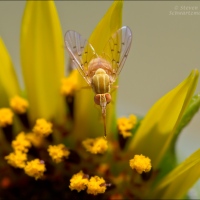
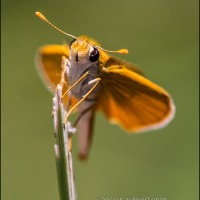
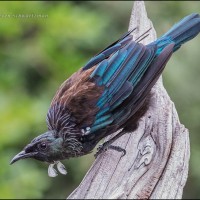
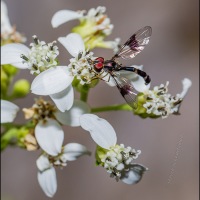
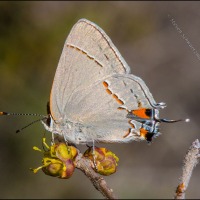
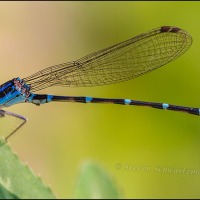
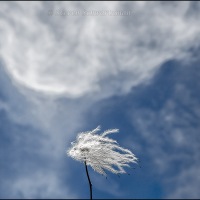
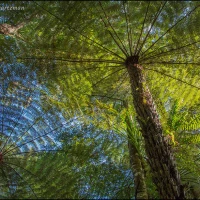

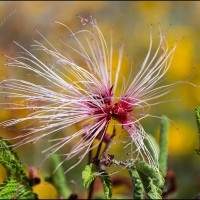
Interesting. I think I’ve never seen this plant before.
rabirius
January 15, 2017 at 6:30 AM
This was a first for me, too. It came shortly after I noticed the ground dotted with yellow flower heads of cinchweed. That gave the desert two bright colors in quick succession
Steve Schwartzman
January 15, 2017 at 8:17 AM
Well. The experiment worked very well!
rabirius
January 15, 2017 at 8:29 AM
The desert is a wonderful place for a photographer.
Steve Schwartzman
January 15, 2017 at 8:58 AM
What a beauty. It reminds me of Gulf Muhly: albeit a stiffer and more prickly version. When I saw all those red stems, I wondered what color its flowers were. We have so many red-stemmed, yellow-flowered combinations, I had a hunch this might be another. Sure enough, it does have yellow flowers, although several articles I read pointed out that few people see them because they tend to arrive in the hottest part of the year when the desert can be extremely unpleasant.
shoreacres
January 15, 2017 at 6:32 AM
One reason Joshua Tree National Park was so crowded at the beginning of November was that the heat of the long desert summer had finally abated. If I lived there I’d have to go out photographing in the hottest part of the summer, just as I do in Austin, to find the flowers that thrive in the heat. At least there’s much lower humidity in the California desert than there is in Austin.
Steve Schwartzman
January 15, 2017 at 10:19 AM
The name and the visual effect of those orbs both make me smile!
Playamart - Zeebra Designs
January 15, 2017 at 8:37 AM
Then happy double sonrisas to you.
Steve Schwartzman
January 15, 2017 at 10:33 AM
I tried hitting ‘like’ twice but ended up unliking your reply!
There’s a new ‘Spanish’ mystery to lob in your direction.. For lunch, it’s very normal for Ecuadorians to have a meat or fish, rice and ‘minestra,’ which for a long time I thought meant lentils, but it applies to any bean served with the meal… Today it was a red-colored bean they called “Panamita”.. I mentioned to my Colombian friends that I’d never heard beans referred to as “Minestra” – until Ecuador…
He said they don’t use that word in Colombia either and wondered if it evolved here via Italians….
Have you ever heard of other countries using ‘minestra’ in place of beans/frijoles?
Playamart - Zeebra Designs
January 16, 2017 at 2:12 PM
or maybe it’s spelled, ‘menestra?
Playamart - Zeebra Designs
January 16, 2017 at 2:15 PM
The word exists in Spanish in the form menestra, as you can see in the DRAE.
From what you say, it seems that in Ecuador the bean component of menestra came to dominate.
In English we’ve borrowed the Italian word minestrone, the augmentative of minestra (the source of the Spanish word). There’s more etymological information in the American Heritage Dictionary, including the close (and for most people surprising) relationship to the English word minister.
Steve Schwartzman
January 16, 2017 at 2:34 PM
Thanks for the links., especially the RAE.ES one ….
Ha… so the Panamitas, lentils and other beans ‘minister’ to our health!
Playamart - Zeebra Designs
January 16, 2017 at 2:38 PM
Well said!
Steve Schwartzman
January 16, 2017 at 2:52 PM
But ‘legumbres secas’ makes sense.. Thanks!
Playamart - Zeebra Designs
January 16, 2017 at 2:38 PM
Yes, it does. I didn’t know about that meaning of menestra.
Steve Schwartzman
January 16, 2017 at 3:02 PM
I am one who loves cactus. Interesting how this hunkered in the sand and became so compact. Lovely color. Polycephalus! I’d love to see its bloom color. I’d guess it grew from seed. It might be fairly old!
Dianne
January 15, 2017 at 8:41 AM
Unfortunately I didn’t get to see any of the flowers but I did get to see the many (poly) heads (cephalus), or at least the three apparent in this clump. Above all it was the color that grabbed my attention, even from a distance.
Steve Schwartzman
January 15, 2017 at 10:37 AM
That’s just gorgeous. My tween daughter looking over my shoulder called it ‘butt cheeks.’ Perspective is everything I guess!
Shannon
January 15, 2017 at 8:42 AM
Has your daughter contemplated what it would be like to sit down with cheeks like those?
Steve Schwartzman
January 15, 2017 at 8:59 AM
Ha! I had added the word ‘hairy,’ but the three words seen together in writing was too much, so I removed it.
Shannon
January 16, 2017 at 7:59 AM
Hair today, gone tomorrow.
Steve Schwartzman
January 16, 2017 at 8:32 AM
“Cottontop”? Even when it has cotton on top, I’d not like to lie down on it. 😉
Have a great Sunday,
Pit
Pit
January 15, 2017 at 9:44 AM
No, nor would I. Look but do not lie down.
Steve Schwartzman
January 20, 2017 at 12:59 PM
it’s so beautiful.
I want one ❤
sedge808
January 15, 2017 at 8:58 PM
I don’t know if these are available in the nursery trade but you could do a search.
Steve Schwartzman
January 15, 2017 at 9:23 PM
It’s hard to imagine ‘soft cotton’ as part of a ‘cactus but I read that birds like the woolly part of the cactus for nests.
Gallivanta
January 17, 2017 at 9:29 PM
I’ve noticed that birds can often perch on a cactus without harm, probably because they weigh so little. There are even birds that make nests in cacti, as I’ll show in a forthcoming post.
Steve Schwartzman
January 17, 2017 at 10:02 PM
A good, protective measure I would think.
Gallivanta
January 17, 2017 at 10:13 PM
Right. It deters weightier predators.
Steve Schwartzman
January 17, 2017 at 11:00 PM
I’ve never seen the likes of it either~what a surprise it is. I wonder if it is quite rare.
melissabluefineart
January 29, 2017 at 10:58 AM
I don’t know how rare it is. Wikipedia says it’s hard to cultivate this cactus:
https://en.wikipedia.org/wiki/Echinocactus_polycephalus
Steve Schwartzman
January 29, 2017 at 11:11 AM
A striking plant indeed, your image immediately put me in mind of sea urchins stranded on a beach.
theresagreen
February 4, 2017 at 9:00 AM
An interesting association, given that the desert is the opposite sort of environment from the one where you’d find sea urchins.
Steve Schwartzman
February 4, 2017 at 1:17 PM